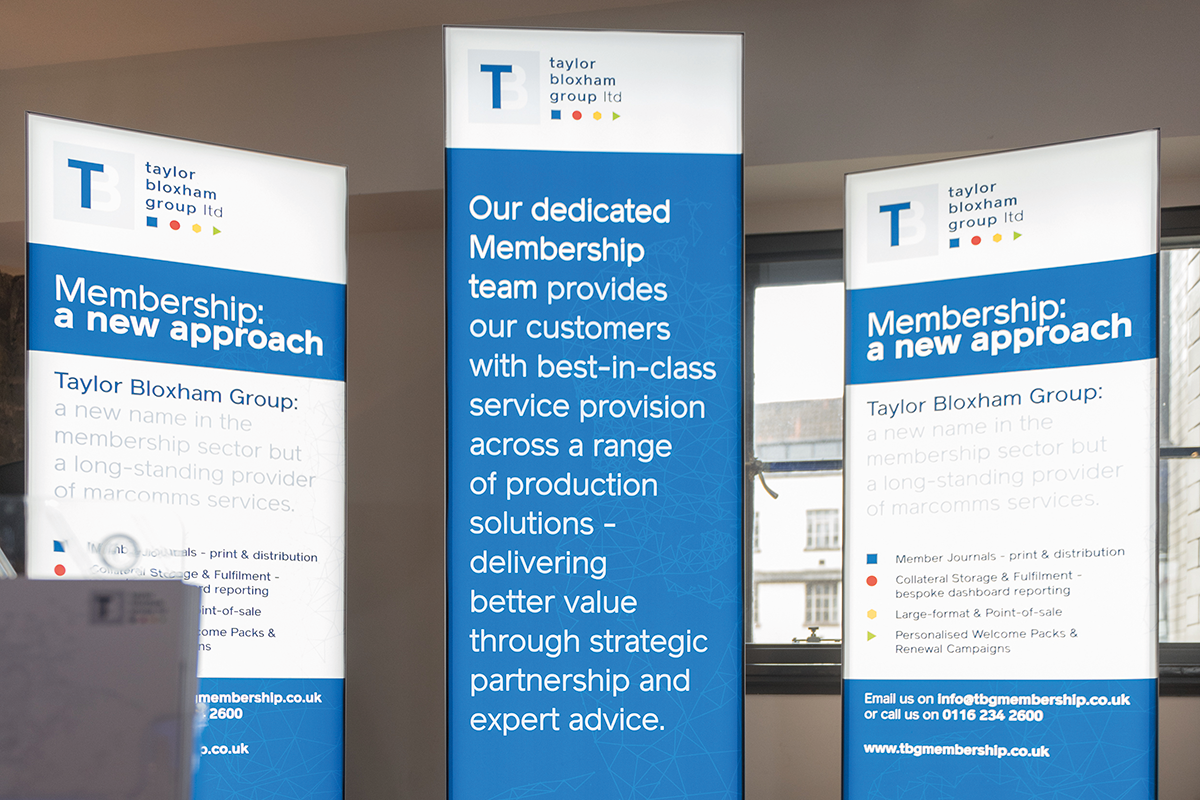So you’re a ‘solutions provider’. Really? Even if it means reducing the amount of print you do for a customer - and using other companies to deliver parts of a project if it’s better for them? Taylor Bloxham has a team that will do just that. Here’s how it expects to grow business from the approach.
“Selling print is not a great way forward for PSPs.” So says James Fear, who left his old company when a new press meant his consultative approach to building business went out of the window and he was required to revert to “selling capacity”.
“I had seen that having teams of people who could talk intelligently to creatives - not just sales reps trying to flog print - could pay dividends. I knew the methodology worked,” stresses Fear, who in the summer of 2017 took the idea to Taylor Bloxham CEO Robert Lockwood, “having talked to many print businesses about developing strategic sector specific teams because I believe business building needs to be by vertical sector rather than by print capability.”
The upshot was that in October 2017 Fear was tasked with leading a team of people within Taylor Bloxham to promote “joined-up marketing communications thinking within the education and membership sectors to help their collateral budget work harder for them.” And of course to help TB develop its business in those areas - both sectors Fear knows of old and where he recognises opportunity.
Currently the Taylor Bloxham group has a £33m+ turnover and comprises TB Print (£15m turnover), FastAnt (£3m), Mailbox (£4.5m) and large-format arm Instore (£11m). “Our 2020 vision is for my team to deliver an extra £5m of revenue annually,” says Fear, who makes the key point: “The thing to understand is that it’s not all about print”.
“As a group we have all sorts of capabilities, and we will work with other partners where necessary to provide solutions clients really need and can benefit from,” stresses Fear, pointing out that: “What’s key is to have people who can go in and explain all the options. To be able to speak their language and convince them that what you’re suggesting are the best fit-for-purpose solutions. It’s about being able to show them that you can add-value, and getting them to trust in that.”
To that end Fear’s cross-group strategic team includes a marketing manager who knows the education sector well, a business development manager who is a direct mail specialist from within Mailbox, a storage/fulfilment specialist from FastAnt, a cross-discipline graduate account director - and at the time of writing, the search was on for someone with the right large-format experience. In addition he thinks he’ll need perhaps another four account directors in his team - and a graduate training programme is just starting to ensure that at least one is trained up internally.
“The intention is that the graduate will spend three-months in each of Taylor Bloxham’s subsidiaries to gain the broad knowledge they’ll require to operate effectively in this team – which is about long-term vision and return. Investment to date in building the team is in excess of six figures so it’s a real commitment by Taylor Bloxham to walk the talk,” says Fear.
He reckons the people he brings on board now are more likely to be from a creative or marketing background than from print production, and he is aware that to reach the people they are targeting “we need to look and sound less old school”. Indeed, Taylor Bloxham is undergoing something of a branding transformation as it realigns itself “as a facilities management company rather than be seen as a printer, which is more in line with what the group is now all about,” says Fear, adding: “We need to be seen as ‘creative’ in terms of business development, not just in terms of the visuals we produce.”
The cross-group, vertical market promotional team under Fear’s jurisdiction has no intention of targeting as many educational and membership clients as possible - only those with £100,000 to spend. “We don’t want 55 universities and hundreds of membership outfits on our books. We want a handful of each that we can work with in a properly consultative way. We have a target list of those we’d like to work with because we think we can really bring something to the party,” says Fear. “We want to be able to talk to them and say ‘spend £50,000 less on printing prospectuses and put the money instead into creating a wow factor entrance in time for open days instead because you’ll get a better return on your investment by doing that’. It’s about educating people about the possibilities.”


